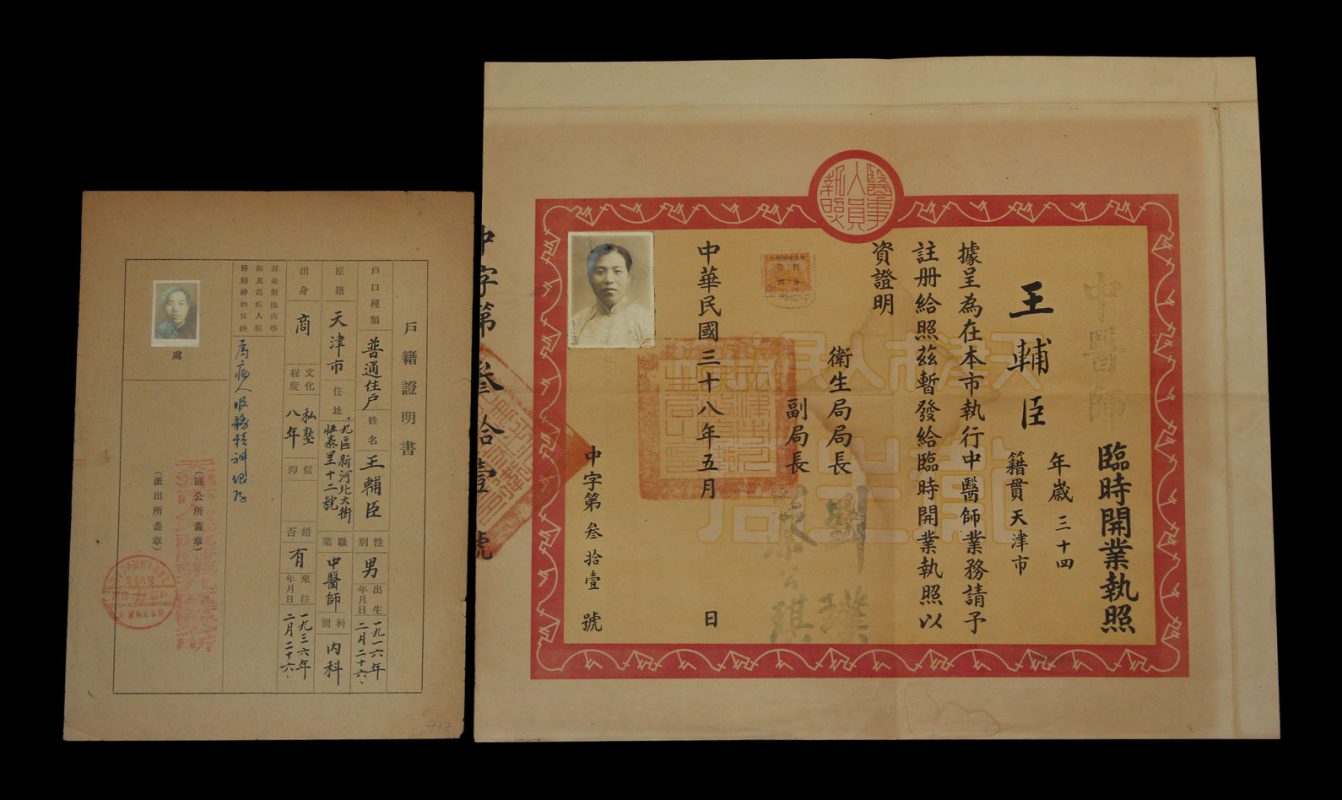Uncategorized
Yellowed business Memories: The World and Rules in the Business Licenses of the Republic of China Era
From business licenses to business tax certificates, decoding the commercial code of a hundred years ago
I. Three Major Types of Business Licenses in the Republic of China Era
Business Registration License (1912-1927)
During the Beiyang government period: It was printed on vertical cotton paper and stamped with the official seal of the county magistrate, stating “Capital silver dollars ×× yuan”.
Typical style: The top is decorated with a pattern of two dragons playing with a pearl, and on the right is a large cinnabar seal with the words “Approved by the Ministry of Industry”.
Business Tax Certificate (1928-1937)
Reform of the Nanjing Nationalist Government: Horizontal lead printing, with a stamp duty ticket (portrait of Sun/sailboat picture) affixed, marked “Annual donation ×× yuan”.
Special terms: “No sale of tobacco and other prohibited substances” and other warning statements.
Occupied Area License (1938-1945)
The puppet regime of Japan issued: mandatory use of both Japanese and English, with the seal of “Verified by the Special Service Department of the Great Japanese Army” affixed. The number of existing ones is small but highly controversial.
Ii. Historical details on the license
Business code:
“North-south Goods” = dry goods store, “foreign cuisine restaurant” = Western restaurant, “Forwarding company” = logistics provider.
Most of the “×× Ji” in Shanghai were from the Ningbo business group, while the “×× Tang” in Beijing was often an old pharmacy.
Tax system changes
In 1931, the tax was revised to pre-tax: the license was marked with “Li Jin has been paid” (tolls for goods).
After the war in 1946: A label reading “Tax Paid on Gold Yuan Notes” was added (due to severe inflation).
Anti-counterfeiting process
Watermark and hidden mark: Some are made of specially designed securities paper from the Commercial Press.
Seam seal: Verify the authenticity of the stub and the original by splicing them together.
Iii. Skills for Distinguishing Authenticity
Look at the paper: Genuine products are mostly made of handcrafted bamboo paper or cotton paper. They may turn yellow over the years but have tough fibers.
Seal verification: Official seal oil penetrates the back of the paper, while counterfeiters often use modern cinnabar floating on the surface.
Check the business name: In the industrial and commercial archives of the Republic of China era, registration information can be verified (such as business name advertisements in the “Shenbao”).
Common frauds
After reprinting and aging: No natural oxidation spots under ultraviolet lamps.
Splicing and modifying characters: Changing “Wang Ji” to “Yu Ji” to raise the price.
Iv. The Business History Behind the License
The Rise of National enterprises: The license of Nanyang Brothers Tobacco Company embodies “Saving the country through industry”.
Women in business: In 1929, the first tea house license registered with a “female owner” appeared in Guangzhou.
War imprint: In 1938, the business license of Wuhan was stamped with the blue seal of “Anti-Japanese War and National Establishment”.
Conclusion
These yellowed pieces of paper are not only specimens of microeconomic history but also slices of the life of the common people in the Republic of China era. They tell us that even in times of war and chaos, the Chinese people’s dedication to “doing business” has never waned.


